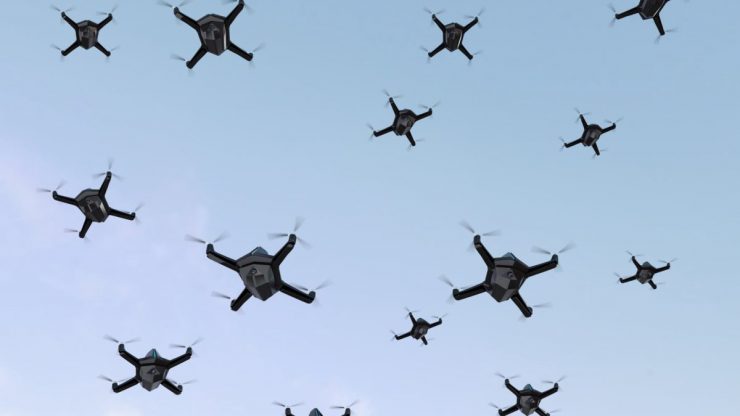A report published by International Data Corporation (IDC) estimates spending on drones will reach USD16.3 billion in 2020 and will experience 33.3% compound annual growth rate (CAGR) between 2020 and 2025.
According to IDC, spending on drones will be dominated by hardware purchases with more than 90% of the category total going toward consumer drones, after-market sensors, and service drones in 2020. Drone software spending will primarily go to command and control applications and drone-specific applications while services spending will be led by education and training. Software will see the fastest growth (38.2% CAGR) over the five-year forecast, followed closely by services (37.6% CAGR) and hardware (32.8% CAGR).
Consumer spending on drones will total USD6.5 billion in 2020 and will represent nearly 40% of the worldwide total throughout the forecast. Industry spending on drones will be led by utilities (USD1.9 billion), construction (USD1.4 billion), and the discrete manufacturing and resource industries (USD1.2 billion each). IDC expects the resource industry to move ahead of both construction and discrete manufacturing to become the second largest industry for drone spending in 2021. The fastest growth in drone spending over the five-year forecast period will come from the federal/central government (63.4% CAGR), education (55.9% CAGR), and state/local government (49.9% CAGR).
The United States will be the largest region for drones in 2020 with spending of nearly USD5.7 billion. The fastest growth in drone spending will be in Asia/Pacific (excluding Japan and China), with a five-year CAGR of 78.5%, and Japan (63.0% CAGR).
The figures are published in IDC’s Worldwide Robotics and Drones Spending Guide which predicts both sectors will account for total spending of USD128.7 billion in 2020. On a geographic basis, China will be the largest region for drones and robotics systems with overall spending of USD46.9 billion in 2020. Asia/Pacific (excluding Japan and China) will be the second largest region with USD25.1 billion in spending, followed by the United States (USD17.5 billion) and Western Europe (USD14.4 billion).
For more information visit:




